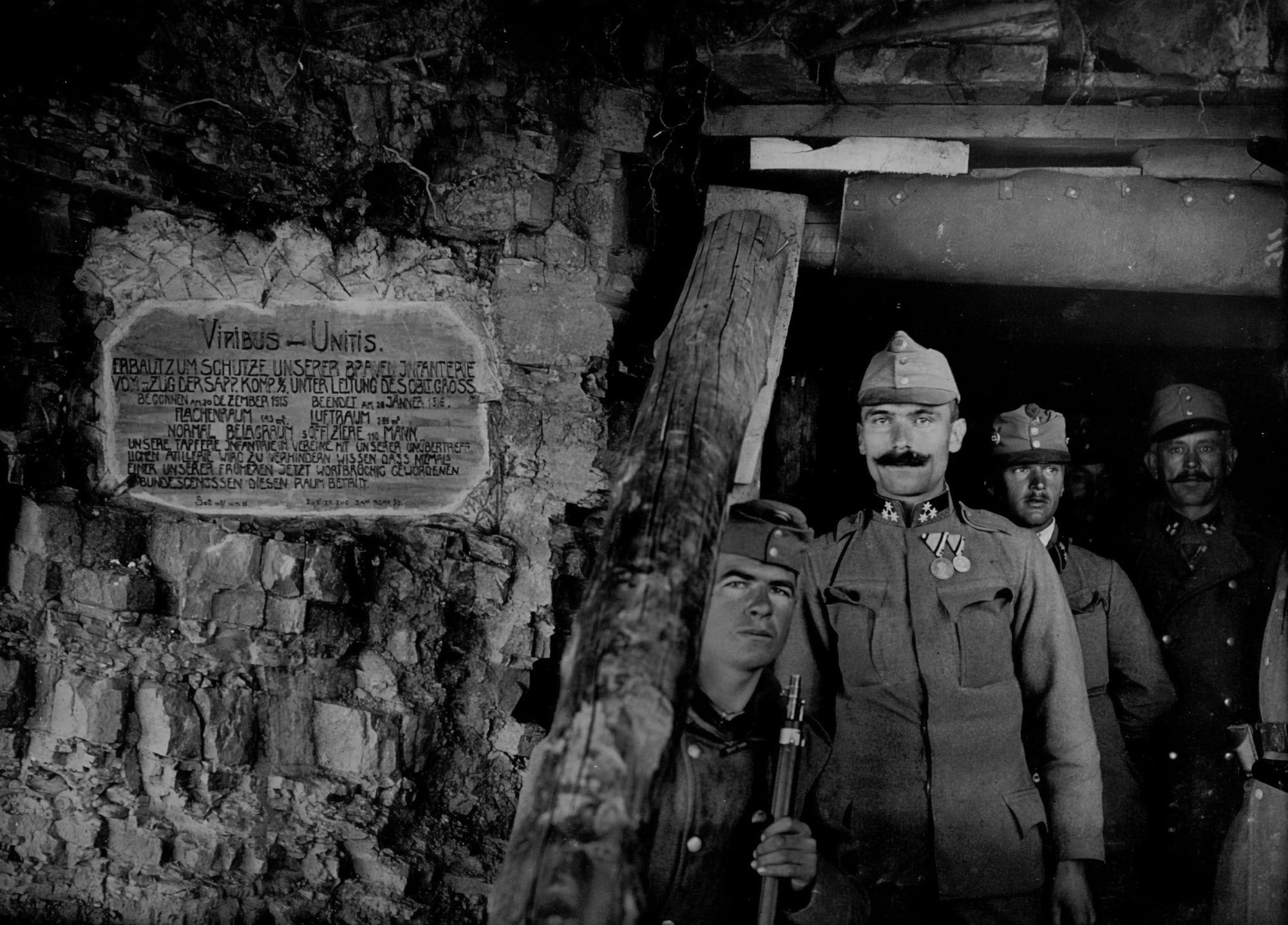Research shows the weakness of command-and-control management approaches
Managers that think that cracking the whip will have positive results are going to be disappointed.

The organisational structure of many companies that operate in dynamic environments is remarkably similar to how traditionally an army is organised.
A General / CEO at the top (giving all the commands), officers / management in the middle dishing out those commands, and troops / workers at the bottom, following the commands and doing all of the operational activities.
On the battlefield - a relatively contained operating environment - this kind of rigid organisation of individual elements and lines of communication makes sense. With the ability to clearly see the challenge holistically from an elevated vantage point, issuing instructions from a central command point is logical.
But in more dynamic environments where change is happening in far less of a predictable way, the effectiveness of a command-and-control management approach is greatly reduced, because to prosper in this context, smaller sub-groups of the larger organisation need to be able to respond to the variation of conditions the are encountering in their immediate proximity.
In dynamic operating environments, the element of trust becomes far more important than rigid compliance to directives that form part of a preordained plan.
So what happens when CEOs revert back to command-and-control approaches (like RTO mandates) when what they should be focussing on is nurturing trust within their organisations?
According to Gartner - the result is that command-and-control practices end up costing an organisation far more than the problem that the directive was meant to be solving:
Over the last 12 months, 63% of HR leaders report an increase in expectations for employees to return to the office. Many organizations who have encouraged onsite work, but see low compliance, are resorting to RTO mandates. But 74% of HR leaders cite these mandates as a source of conflict.
Far from improving productivity and innovation, demonstrating a lack of trust in knowledge workers and high-performing teams actually compels top talent to choose to leave organisations.

In other research published in Nature it was shown that:
...hybrid working improved job satisfaction and reduced quit rates by one-third. The reduction in quit rates was significant for non-managers, female employees and those with long commutes. Null equivalence tests showed that hybrid working did not affect performance grades over the next two years of reviews.
The point here is that steering a modern organisation towards a preferred future state of prosperity is not the same as commanding an army to defeat an enemy from a hilltop.
Trust is a vital ingredient for success and if management feel that there is a lack of it within the organisation, then that's the issue that needs to be addressed rather than solving the problem by bringing in more monitoring and oversight.
Related:
Amazon CEO, Andy Jassy, on why everyone needs to get back to the office.

His reasoning is that the Amazon culture is so great and they want to keep it great. But here's the thing Andy - if it's so great then why do you need to force employees back to the office to immerse themselves in it? Surely they would take every chance they could get to be intimately connected to such a great vibe, right?


